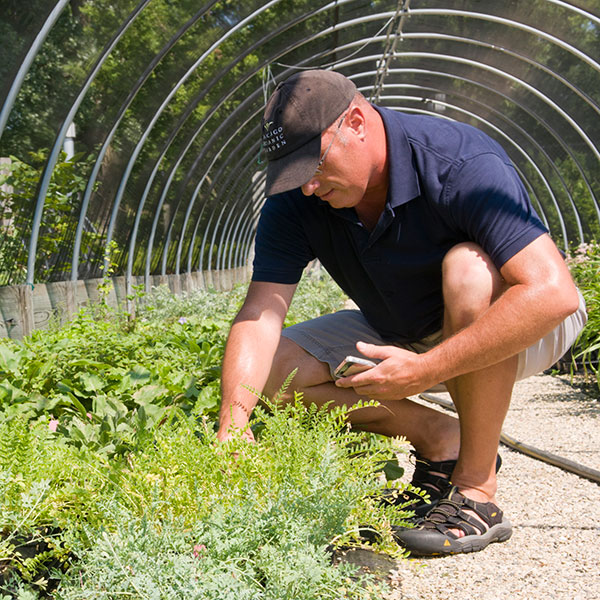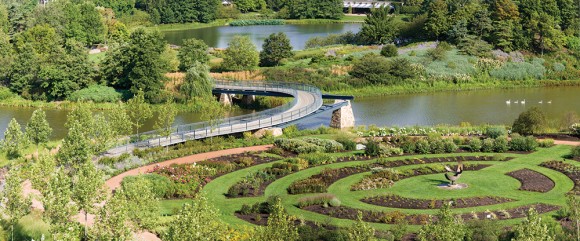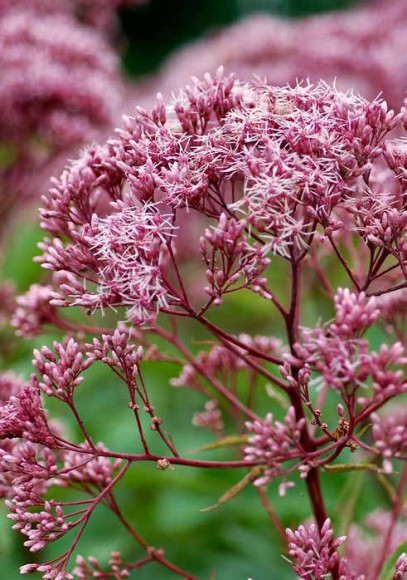You know it’s bad news when the troublemakers—such as Queen Anne’s lace, purple loosestrife, or another invasive species—start to take hold in the landscape. Imagine the sight at Illinois Beach State Park when a dense thicket of more than 20 invasive species took over a ten-acre utility corridor—and began to grow steadily toward 50-foot-high power lines.
To ComEd, which manages the utility corridor, the thicket was potentially hazardous. According to safety regulations, plants under such transmission lines should grow no higher than 10 feet to ensure that overgrown plants do not interfere with service lines and threaten power disruptions.
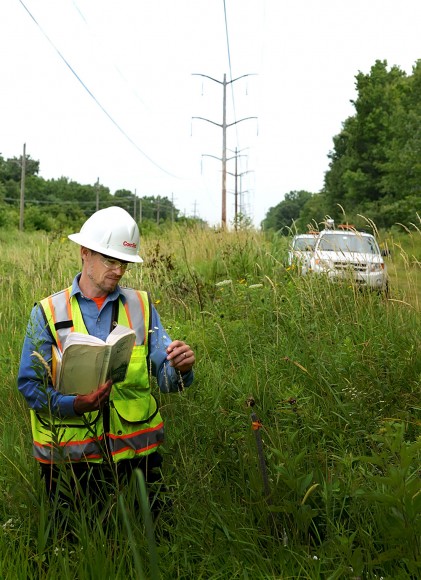
In 2010, ComEd turned to the Chicago Botanic Garden for help in managing the overgrown narrow leaf cattail, reedy phragmites, common and glossy buckthorn, and other invasive species. “We reached out to the Chicago Botanic Garden as a partner to research the transmission corridor and see, over time, with different maintenance practices, what would come back,” said Kevin Jury, senior project manager for vegetation management at ComEd. “We wanted to use the information to guide our practices and see if there was something we could tweak in our process to reap an economical benefit and a benefit for the environment.”
As a result, the Garden developed a pilot program to research ways to turn overgrown corridors into sustainable native landscapes. “We’re interested because ComEd is the second-largest landowner in the state, and improving the habitat could have a major impact on the whole region,” said Greg Mueller, chief scientist and Negaunee Foundation vice president of science at the Garden. “It fits the type of public-private partnership that allows companies like ComEd to be better stewards of their land and allows the Chicago Botanic Garden access to land for use as a research opportunity.”
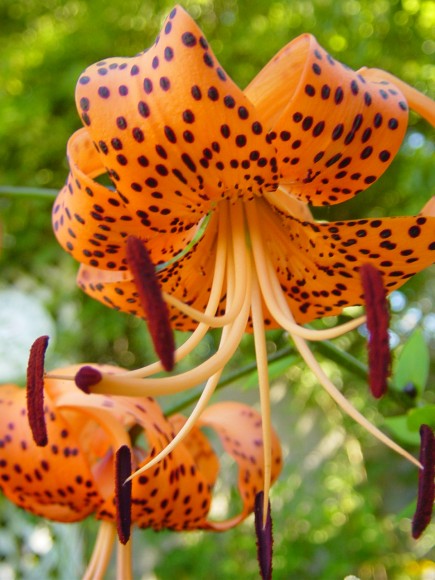
Now, in the program’s third year, plant life abundant nearly 200 years ago has reemerged with surprising vigor. Tall stalks of scouring rush—the same kind used by prairie homesteaders to scrub pots and pans—are growing under power lines alongside bright red cardinal flowers (Lobilia cardinalis), orange-petalled Michigan lilies (Lilium michiganense), and eastern prairie fringed orchids (Platanthera leucophaea).
Nearly 300 different plant species, including 225 native species and 40 newly identified species, have been recorded on six research plots. The plots are bounded by transmission towers and divided into three experimental conditions: two sites receive annual spot treatment with diluted herbicide solutions that control broad-leaved plants but protect grasses; two receive prescribed burnings every two to three years; and two sites are left unmanaged as experimental controls.
In addition to the current research sites at the state park, two new research locations are underway in Vernon Hills and Highland Park.

When the research is finalized in 2016, the Garden, ComEd, and the Illinois Department of Natural Resources aim to implement the most effective approaches in ComEd’s ongoing maintenance of 3,000 corridor right-of-way miles and 5,300 miles of power lines throughout northern Illinois. “The lasting impact of this partnership will reintroduce, protect, and enhance native ecosystem locations throughout northern Illinois,” Mueller said. “We are hopeful the lessons learned from this collaboration can one day serve as a road map on how a groundbreaking public-private partnership can protect natural habitats beyond northern Illinois.”
Visit the Garden for World Environment Day on Saturday, June 7, and discover how you can make an impact in restoration and conservation.
This post was adapted from an article by Jeff Link that appeared in the winter edition of Keep Growing, the member magazine of the Chicago Botanic Garden.
©2014 Chicago Botanic Garden and my.chicagobotanic.org


